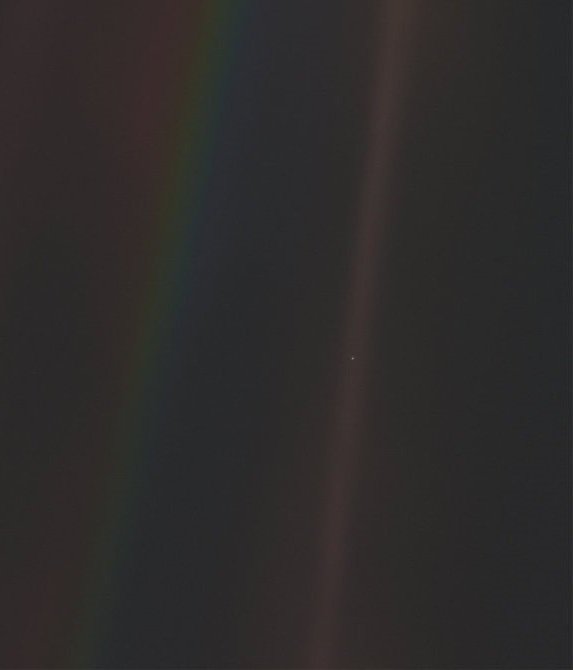
Artist statement
On August 12, 2013, from a dew covered chair and a wiggly pier on a little Wisconsin lake up north, I leaned back to view the night sky. The moon had just set, and away from the city lights on this cool and clear night thousands of stars, and the glow from the center of our galaxy, illuminated the sky.
That night was the height of the Perseid Meteor Shower, an annual phenomenon that happens when the Earth passes through the debris field left over from the Swift-Tuttle Comet. I watched as little pebbles or grains of sand streaked through the upper layers of our atmosphere cutting bright slits in the sky. Comets are believed to be the leftover stuff from the formation of our solar system. The water that fills lakes right here in Wisconsin came from the heavens and from comets.
It is not a coincidence that four of the five most plentiful (known) elements of the universe are also the most plentiful elements in our own human bodies. Us, and everything around us, the rolling hills and pine forests and crystal clear lakes teeming with fish, are made from elements that originated deep inside large blue-white stars that lived and died billions of years ago.
Quite literally, we are star dust.
It is this connectedness with each other, and the world around us, that I try to capture in my paintings.
Whether it is central city children, the innocent bystanders of society, and how they are affected by the city we adults have made for them; or dairy farmers as they cultivate, plant and live in intimate daily contact with the land; or the way society reacts to people who happen to look or sound different from themselves; we are all bound to each other and to this spinning world.
As an artist it is sometimes useful to view your work from afar to gain a fresh perspective. In 1990, the Voyager 1 space probe carried this idea to the extreme. After accomplishing its mission to photograph the outer planets, it was 4 billion miles away and headed to the outer limits of our solar system when Carl Sagan persuaded NASA to take one last photo -to turn its camera back towards Earth and photograph our home from deep space. The resulting photo is heartbreakingly empty, inky blackness and some scattered sunbeams on the lens, but there in the vastness of space is a tiny pale blue dot. Our home, Earth.
David Lenz, 2017
The Pale Blue Dot taken by the Voyager 1 spacecraft on February 14, 1990.
